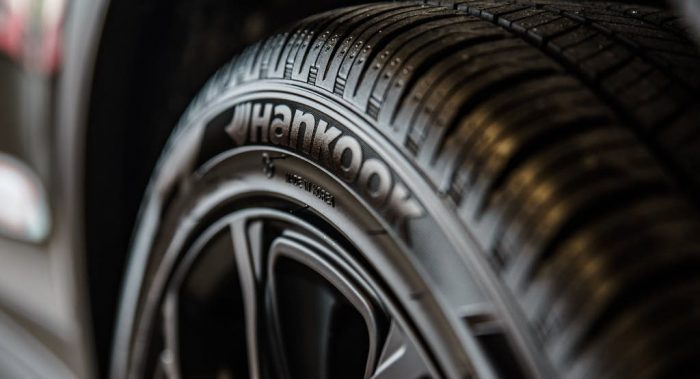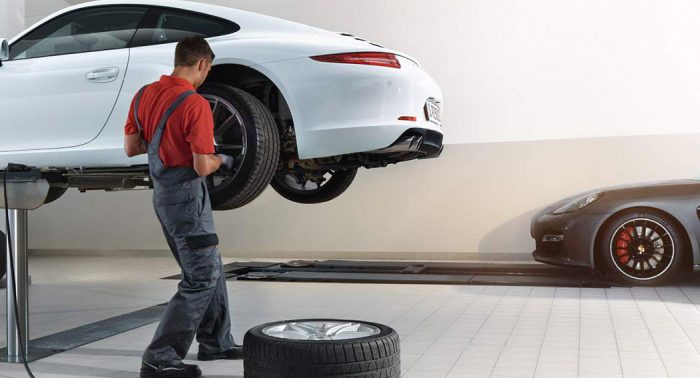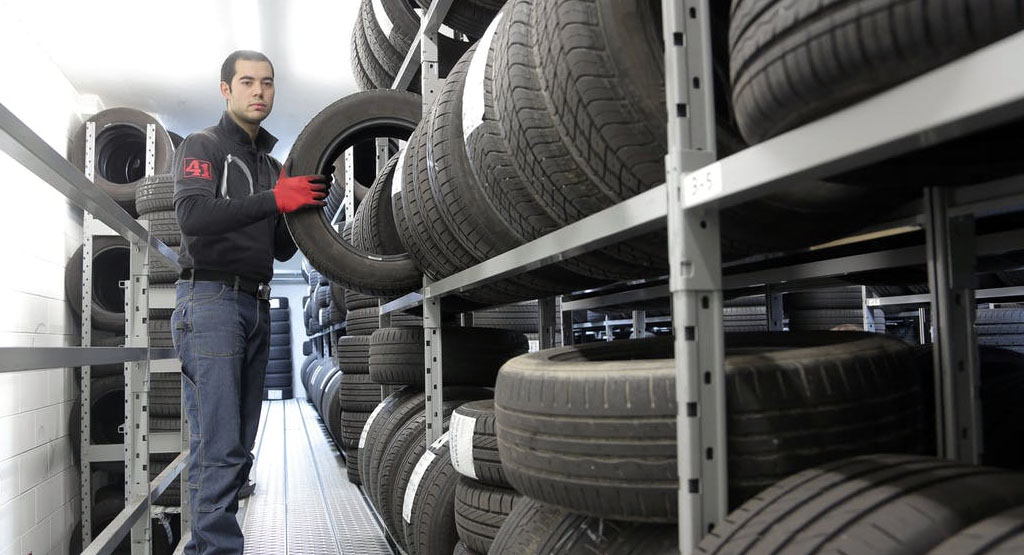It’s one thing about driving a car that everyone dreads — getting stranded on the side of the road with a flat tire. Manufacturers rarely include full spare tires as standard equipment, so if you didn’t request one when you bought your car, you’re probably left with a donut.
These small spares are useful, but it isn’t like driving on a regular tire. With that in mind, what should you know about driving on a donut?
1. Distance

The goal of a donut or spare tire is to get you to the shop, so you can get a replacement. These aren’t meant to replace your tire for long stretches of road.
According to experts, you shouldn’t drive more than 50 miles on a donut. In most cases, unless you’re in the middle of nowhere on an epic cross-country road trip, that should be more than enough to get you to the nearest shop for a replacement or patch.
2. Position
Which tire is flat? For most front-wheel drive vehicles, if a rear tire is flat all you need to do is install the donut and carefully drive to the shop. If your front tire is flat, you may wish to reconsider.
For one thing, the front of most vehicles is going to be much heavier than the rear and it relies on those front two tires for most of its power. If you have the option to swap out one of your rear tires so you can put your donut in the back, do so. If not, drive very carefully and don’t take any unnecessary risks
3. Speed

Highway speeds are a no-go when you’re driving with your donut. While you might be able to reach those speeds, experts recommend keeping your speedometer below 50 mph whenever possible.
Installing a donut may get you back on the road but since it is usually less than half the size of your standard tire, it is going to unbalance the vehicle. At high speeds, that can be difficult to control. While the donut won’t necessarily explode or fall off your car at high speeds, it’s not a good idea to tempt fate. If you need some help remembering, think of the 50-50 rule: 50 miles, 50 miles per hour.
4. Safety
Driving on a donut isn’t like driving on a regular tire. Its smaller size means that there isn’t as much surface area available to grip the road or provide traction. It also reduces your car’s cornering and braking capacities.
You cannot drive as you would normally and expect to arrive safely at your destination. Drive carefully and defensively, and make sure you’re sticking to the speed and distance recommendations. If you feel uncomfortable driving slow on highways, stick to the slow lane and make sure you’ve got your hazard lights on to alert other drivers that you’re having some trouble.
5. Maintenance

Hopefully, you’ll never need to use your donut. If you do, the last thing you want is to pull it out of your trunk to find it flat or rusty. Make sure you’re checking the tire pressure and inspecting your donut about once a month.
It will only take you a couple of minutes and will help to ensure that you don’t end up stranded on the side of the road with both a flat tire and a flat donut. Of course, you also have the option of fixing a flat tire.
Be Careful Out There
No one wants to deal with a flat tire but no matter how careful you are, they do happen. Running over a nail, hitting a curb too hard, waiting too long to replace worn tires, or simply being unlucky can all result in an unfortunate flat.
Take the time to maintain your donut in case you ever end up needing it. If you have it installed, drive carefully and defensively and make sure you stick to lower speeds and distances. These aren’t designed to be a permanent solution. They’ll get you to the shop, but not much beyond that.








